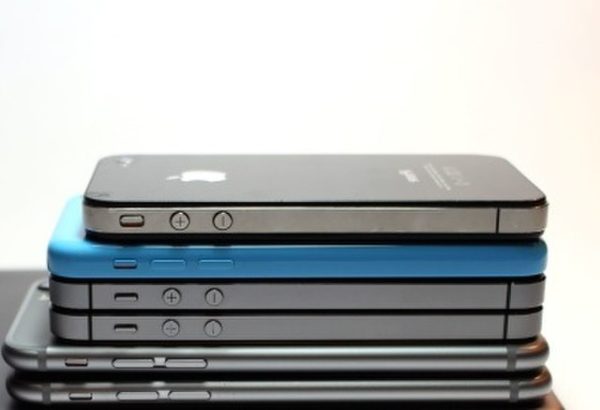Guilford students’ most disliked social media platforms
Of the myriad of social media platforms and apps on the internet, none are spared from criticism and contempt, especially from the Guilford student body. From Twitter to TikTok and Instagram to Imgur, Guilford students have strong opinions about their favorite and least favorite platforms.
Now, to establish some background, I don’t use any social media, so I like to think I am unbiased in this realm. After three days of asking fellow students what social media platform they cannot stand, one stands above the rest in distaste, if not sheer contempt: Twitter.
Of the 30 people I polled, 11 said the Blue Bird was their first choice of most reviled, and all were quite certain of their choice. The reasons for their dislike were quite varied, ranging from the modus of presenting content, to the current owner and management of the platform, and even the presence of online bullying and unaccountability of other users.
From cultural osmosis and general attention to the world, I can recognize Guilford students’ contempt for Twitter as well deserved. Even before Musk bought his way into “importance,” there were many problems with the presence of alt-right groups and QAnon supporters harassing people they considered “other,”with precious little being done to curb the attacks at people’s existences.
Tied for students’ second least favorite social media platforms are TikTok, Instagram and YouTube. These three apps have drawn massive criticism over the past few years, and issues like data breaches, damage to users’ body image and the allowance of dangerous, if not outright harmful figures on these platforms only continued to sour people’s perceptions of them. While it can be argued YouTube is not a social media platform, it has steadily become more and more like TikTok and Instagram in an attempt to stay relevant.
Each of these social media platforms were mentioned three times each, getting almost a full third of total votes. While they all received the same number of votes, those who claimed TikTok was the worst did so with gumption and certainty, and from what I’ve heard and read, the app’s faults are numerous.
The most common descriptor I’ve heard used for TikTok is “addictive.” It’s an all-too-easy way to waste one’s time and mental energy, with an almost endless tide of low-quality videos and pointless drama. With the near-endless controversies, the “influencers” chasing clout and sponsorships and the untrustworthy and almost sinister invasions of privacy and data, one can fully understand why people not only dislike TikTok, but actively stay far away from it.
All the same could be said for Instagram, only made worse by the fact that it is owned by Facebook/Meta and is chock-full of sellouts and advertisers. Students I polled bemoaned that nothing on IG is genuine, that it is all meant to sell something to others and that they grow weary of the unhealthy and unrealistic depictions of people’s bodies.
Finally, YouTube is the oldest platform mentioned, and the one trying to quickly adapt so it can contend with the likes of TikTok and Instagram. Its policies and practices have been criticized, bemoaned and hated for years. The company actively antagonizes its own members and creators, making the platform an unpleasant place for creator and viewer alike; it grows worse and worse with every update.
Unlike the other social media, I have used YouTube merely as a way to watch videos – I’ve never used the poorly implemented “shorts” feature. The overabundance of ads has only gotten worse over the years, and the presence of alt-right and conservative businesses on the platform is only growing, with the likes of PragurU criticizing anything that is the slightest bit “left.”










